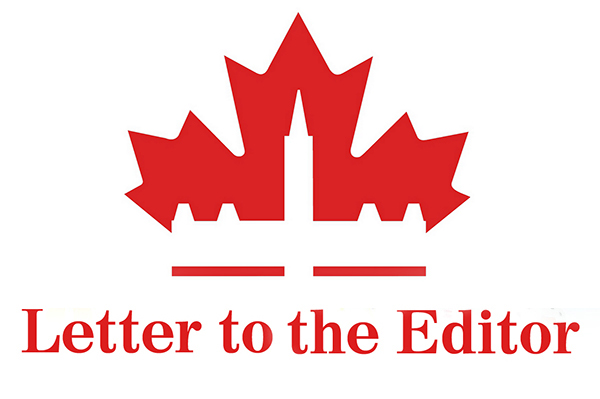Home »

The bizarre outcome of the 2019 election
Letter to the Editor
A house under-represented, not a house divided…
Canada’s new House of Commons makes the country look far more divided than it really is. That, unfortunately, pushes both politicians and media to talk about regional alienation. The better conversation is better electoral representation.
Nationally, our first-past-the-post (FPTP) voting system produced 34 more seats for the Liberals than for the Conservatives, despite the Conservatives getting 1.5% more votes than the Liberals. The bizarre outcomes exist across the country.
By comparison, a proportional representation election would have produced about 116 Liberals, 117 Conservatives, 57 New Democrats, 22 Greens, and 26 Bloc MPs, as compared with the FPTP outcome of 156 Liberals, 122 Conservatives, 24 New Democrats, three Greens and 32 Bloc Quebecois.
The voting system robbed NDP and Green voters of fair representation. New Democrats cast 16% of the votes, but elected only seven per cent of the MPs. Worse, Green Party voters cast six per cent of the votes but elected only three MPs.
No wonder Canadian voters often feel conflicted and alienated. Here’s a memo to the pundits and the politicians: It’s the system, stupid.
In the four western provinces, the Conservatives scored about 53% of the votes, yet elected about 68% of the MPs.
In Quebec, Bloc voters cast about 33% of the votes, and elected about 41% of the MPs. Quebec Liberal voters cast about 34% of the votes, but elected about 45% of the MPs. Conservative voters cast about 16% of the votes, but elected only 13% of Quebec’s MPs. Worse, NDP voters cast about 11% of the votes, but elected only one MP. Green voters cast about four per cent of the votes, but elected no one.
Proportional results in the Atlantic provinces would have produced nine Conservative MPs instead of four. To represent the voters’ intentions, the 32 MPs from those four provinces should have included five New Democrats rather than one, and four Green MPs rather than one.
Proportionally, Ontario voters should have elected 24 New Democrats, not 13; and 11 Green MPs rather than none.
The current voting system consistently skews results in favour of larger parties, and exacerbates differences between the various regions of Canada. It is not very democratic and not very efficient.
Here in Kootenay-Columbia, the results are also skewed. The winner, Rob Morrison, won the riding with 45% of the votes. He now has the obligation to represent us all, including the 55% who did not vote for him. This is very difficult, for both policy and ideological reasons. It also essentially throws out the votes of the 55% who did not vote for the winner.
| Check out Elections Canada’s numbers to see the voting results: | ||||
| Party | Candidate | Votes | Percent of Votes | |
| Green Party | Abra Brynne | 5,998 | 9.0 % | |
| Liberal | Robin Goldsbury | 6,033 | 9.1 % | |
| Animal Protection Party | Trev Miller | 336 | 0.5 % | |
| Conservative | Rob Morrison | 29,893 | 45.1 % | |
| New Democratic Party | Wayne Stetski | 22,707 | 34.2 % | |
| People’s Party | Rick Stewart | 1,360 | 2.1 % | |
Joyce Green,
Cranbrook
Joyce Green is a member of Fair Vote Canada, a cross-partisan national citizens’ campaign representing 80,000 Canadians advocating for voting system reform. FVC promotes the introduction of an element of proportional representation in elections at all levels of government.







